Chatbots have significantly transformed customer service and engagement across numerous industries, leveraging advanced technology to provide instant, automated responses to user inquiries. This innovation is not limited to customer-facing roles; it has found a valuable place within Human Resources (HR), revolutionizing how organizations manage employee interactions and streamline HR processes. The application of chatbots in HR introduces a range of benefits, from enhancing operational efficiency to improving employee satisfaction. These digital assistants can handle a multitude of tasks, offering a scalable and cost-effective solution for modern HR challenges.
HR Chatbots 101: Benefits, Use Cases, and How to Get Started
6 mins

What are HR Chatbots?
HR chatbots are specialized digital assistants designed to automate and manage various HR tasks, providing support and information to employees and HR professionals alike. Unlike general-purpose chatbots, HR chatbots are tailored to address the specific needs of the HR department, including recruitment, onboarding, employee assistance, and more. This specialization allows for more relevant and effective interaction, ensuring that employees receive timely and accurate responses to their HR-related queries.
The technology underpinning HR chatbots involves sophisticated algorithms and artificial intelligence (AI) components, such as natural language processing (NLP) and machine learning (ML). NLP enables chatbots to understand and interpret human language, allowing for more natural and intuitive interactions. Machine learning, on the other hand, helps chatbots learn from each interaction, continuously improving their responses and functionality over time. This combination of technologies enables HR chatbots to not only respond to inquiries but also anticipate needs and offer personalized support, marking a significant advancement in the way HR departments operate and engage with employees.
What are the Benefits of HR Chatbots?
Improved Efficiency: One of the most significant hr chatbot benefits is their ability to automate repetitive and time-consuming tasks that traditionally require manual intervention. From scheduling interviews to answering frequently asked questions about company policies, HR chatbots can handle a variety of tasks, freeing up HR professionals to focus on more strategic activities. This automation leads to a more efficient HR workflow, reducing the time spent on administrative tasks.
Enhanced Employee Experience: Chatbots in HR provide employees with instant access to information and support, significantly improving their overall experience. Whether it's resolving queries about leave balances or guiding them through the onboarding process, employee benefits hr chatbot ensures that employees receive timely and accurate responses. This immediacy and convenience contribute to increased employee satisfaction and engagement.
Scalability: As organizations grow, managing employee inquiries and requests can become increasingly challenging. HR chatbots offer a scalable solution, capable of handling a large volume of inquiries simultaneously without compromising on response quality. This scalability ensures that HR operations can efficiently adapt to the changing needs of the workforce.
Data-Driven Insights: Beyond handling inquiries, HR chatbots can collect and analyze data to provide valuable insights into employee behavior and trends. By tracking the frequency and nature of queries, organizations can identify areas where employees may need additional support or training. These data-driven insights can inform HR strategies and initiatives, leading to more informed decision-making and improved HR outcomes.
Also Read: Multilingual Chatbots: Breaking Down Language Barriers in HR
Use Cases of HR Chatbots
HR chatbots are transforming the way organizations manage various HR functions, offering a range of applications that streamline processes and enhance employee experiences. These digital assistants are not only limited to answering queries but also extend their capabilities to various HR operations, making them an integral part of modern HR practices. Here are some key use cases of HR chatbots:
Recruitment and Onboarding: Chatbots can streamline the recruitment process by screening candidates, answering their queries, and scheduling interviews. They can also guide new hires through the onboarding process, providing them with necessary information and resources.
Employee Self-Service: Employees can easily access HR policies, leave balances, and other HR-related information through chatbots, reducing the need for direct HR intervention.
Learning and Development: Chatbots can personalize learning experiences by recommending relevant training programs and courses based on employee interests and career goals.
Performance Feedback: Real-time feedback collection and provision are facilitated by chatbots, enabling continuous performance evaluation and improvement.
Employee Engagement: Chatbots can conduct surveys and collect feedback to gauge employee engagement levels, providing insights for HR to implement targeted engagement strategies.
Related: Employee Engagement in HR: A Comprehensive Guide to Understanding and Enhancing Workplace Morale
By leveraging these use cases, organizations can harness the full potential of HR chatbots to enhance efficiency, improve employee experiences, and drive HR innovation.
How to Get Started with HR Chatbots
Implementing HR chatbots can revolutionize the way organizations handle HR processes, but it requires careful planning and execution. To successfully integrate chatbots into HR operations, organizations need to follow a structured approach that ensures the chatbot meets their specific needs and objectives. Here are the essential steps to get started with HR chatbots:
Define Objectives: Clearly outline what you aim to achieve with the HR chatbot. Whether it's automating routine inquiries, streamlining recruitment, or enhancing employee engagement, setting clear goals will guide the development and implementation process.
Choose the Right Platform: Select a chatbot platform that aligns with your organization's technical capabilities and HR needs. Consider factors such as ease of integration, customization options, and scalability.
Design the Chatbot: Design the chatbot's conversation flow and user interface to ensure it is intuitive and user-friendly. The chatbot should be able to handle common HR queries and tasks effectively.
Train and Test: Populate the chatbot with relevant HR data and information. Train it to understand and respond to various HR-related queries. Conduct thorough testing to ensure the chatbot functions correctly and provides accurate responses.
Monitor and Improve: Once deployed, continuously monitor the chatbot's performance and gather user feedback. Use this feedback to make improvements and refine the chatbot over time to better meet the needs of employees and the HR department.
By following these steps, organizations can successfully implement HR chatbots that streamline HR processes, improve employee experiences, and contribute to overall organizational efficiency.
HR chatbots have emerged as a powerful tool in transforming HR operations, offering benefits such as improved efficiency, enhanced employee experiences, and valuable data-driven insights. They cater to a wide range of HR functions, including recruitment, onboarding, employee self-service, and performance feedback, making them a versatile asset in HR technology. The automation of routine tasks and the provision of instant support to employees underscore the potential of HR chatbots to revolutionize the way HR departments operate.
As organizations navigate the complexities of the modern workplace, implementing HR chatbots can be a strategic move in their digital transformation journey. By setting clear objectives, selecting the right platform like HONO, designing an intuitive chatbot, and continuously monitoring its performance, organizations can harness the full potential of this technology. Embracing HR chatbots can lead to more efficient, effective, and employee-centric HR operations, positioning organizations for success in a dynamic business environment.
Request A Demo Now!
Frequently Asked Questions
HCM software automates and streamlines HR processes, making them more efficient and accurate. It provides a centralized platform for managing employee data, tracking performance, facilitating talent acquisition, and improving employee engagement. By leveraging HR management software, organizations can save time, reduce administrative burdens, make data-driven decisions, and enhance overall HR operations.
AI-driven HONO is considered the best HR software due to its innovative use of Artificial Intelligence (AI) to streamline and enhance HR processes. Here’s why. It provides actionable, data-driven insights that enable HR professionals to make informed decisions, improving overall organizational effectiveness and strategic planning. HONO automates repetitive and time-consuming HR tasks, allowing HR personnel to focus on more strategic activities, thereby increasing overall productivity and efficiency. HONO is scalable and adaptable, catering to the evolving needs of organizations, regardless of their size or industry.
Choosing the right Employee Management Software involves considering several factors to ensure it meets the organization’s needs. Here’s a guide to help you choose. Clearly define what you need the HRMS software to achieve, considering aspects like attendance tracking, performance management, and employee development. Determine a budget considering both the initial cost and ongoing expenses like subscription fees, updates, and support. Ensure the HCM software integrates seamlessly with other systems and tools used in your organization, such as payroll and attendance systems. Opt for cloud HCM with an intuitive and user-friendly interface to ensure ease of use for both HR personnel and employees. Assess the human capital management solution's security features and its ability to comply with relevant laws and regulations to protect sensitive employee data. By considering the above factors and conducting thorough research, you can select an Employee Management Software that aligns with your organizational goals and enhances overall workforce management.
.png?width=70&height=70&name=Team%20HONO%20logo-01%20(1).png)
Team HONO

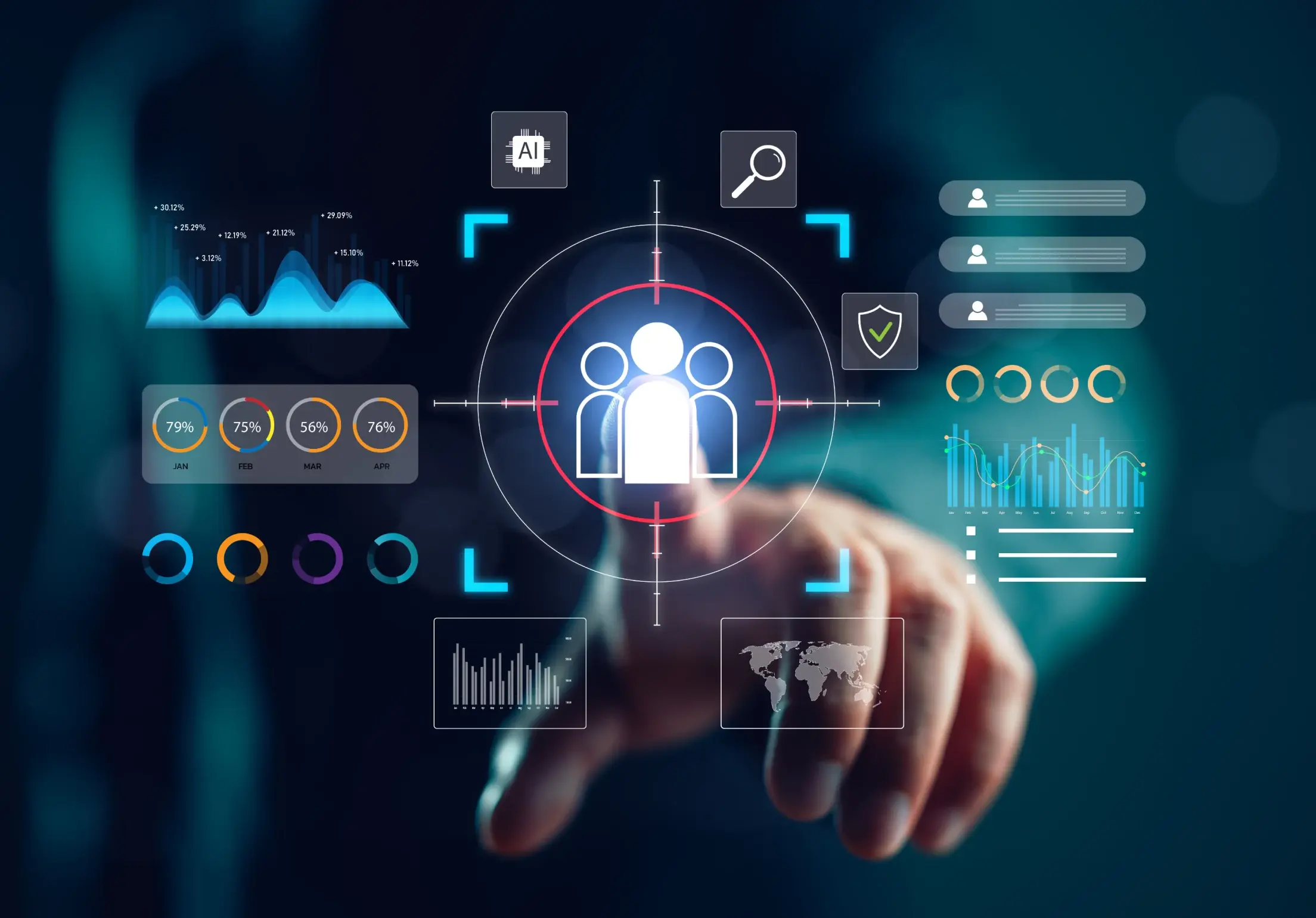


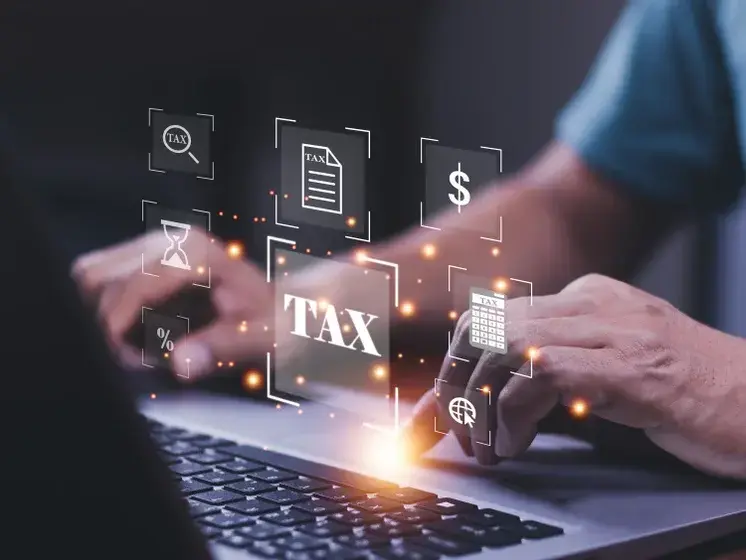
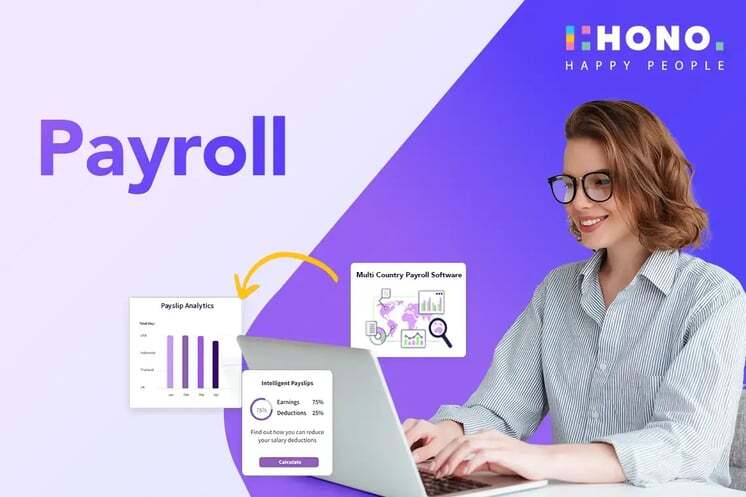
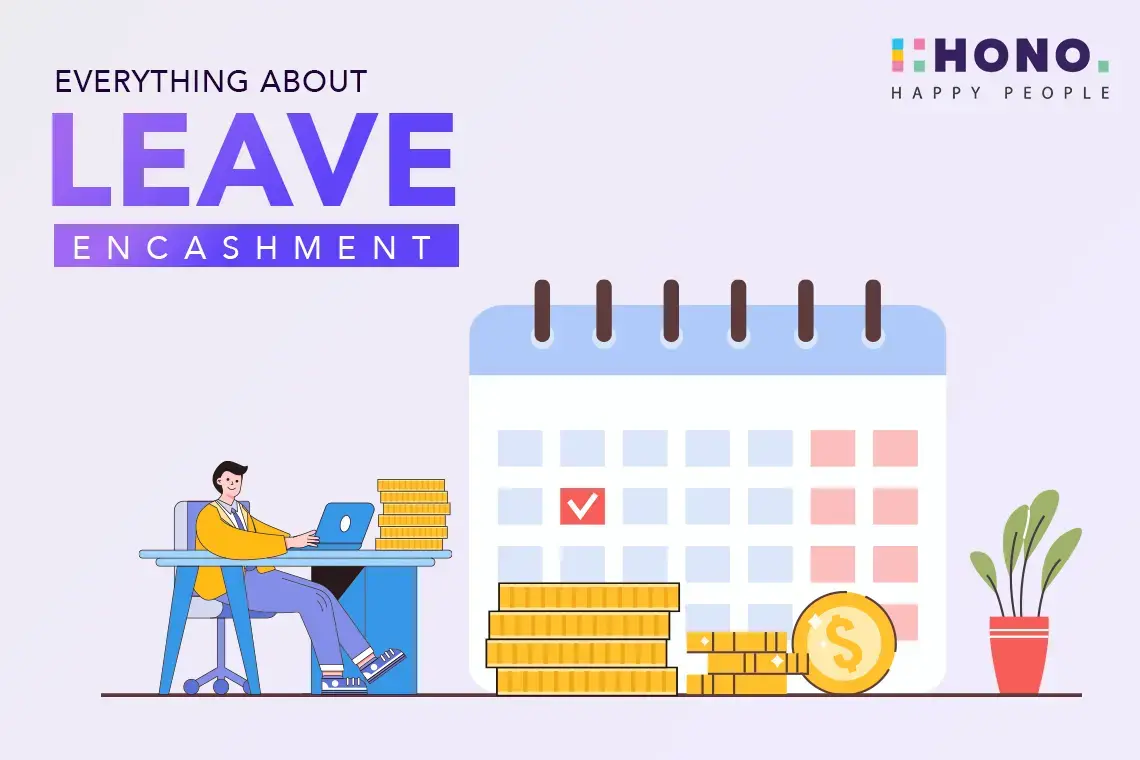
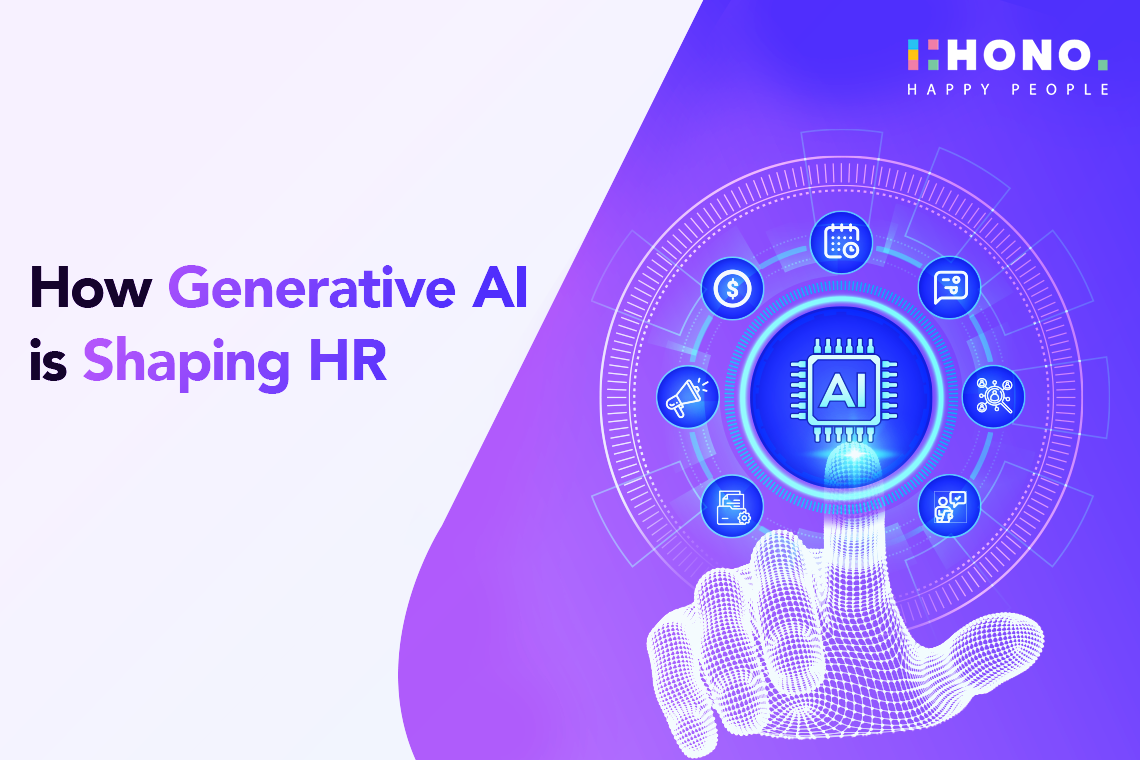
.jpg)
